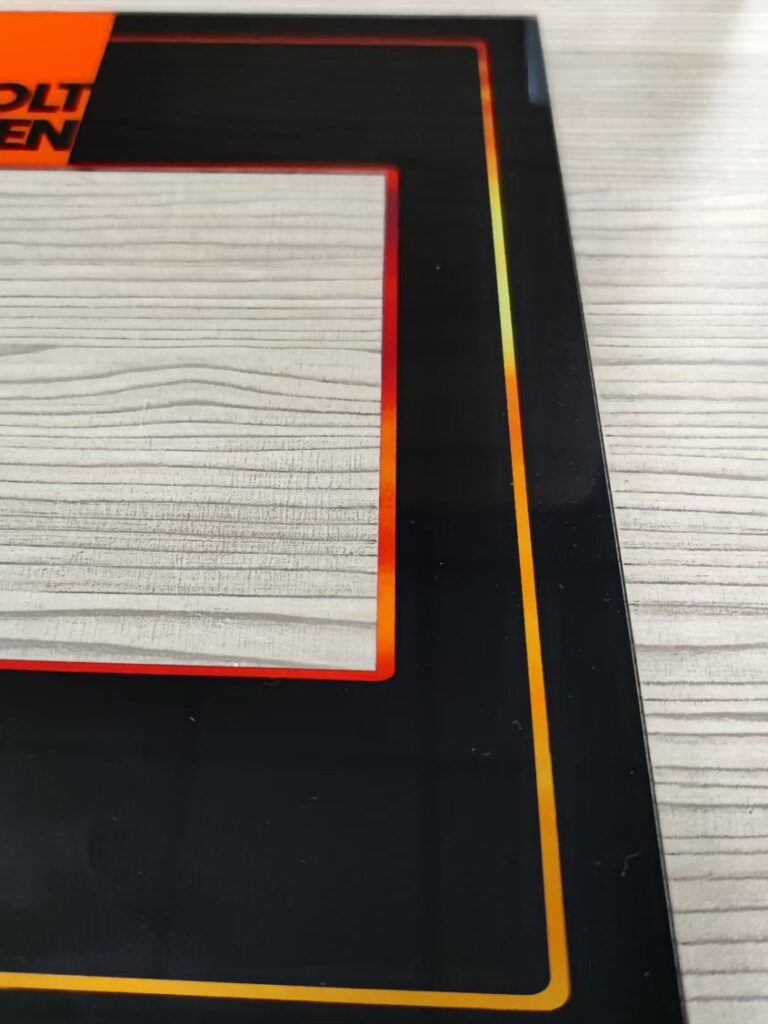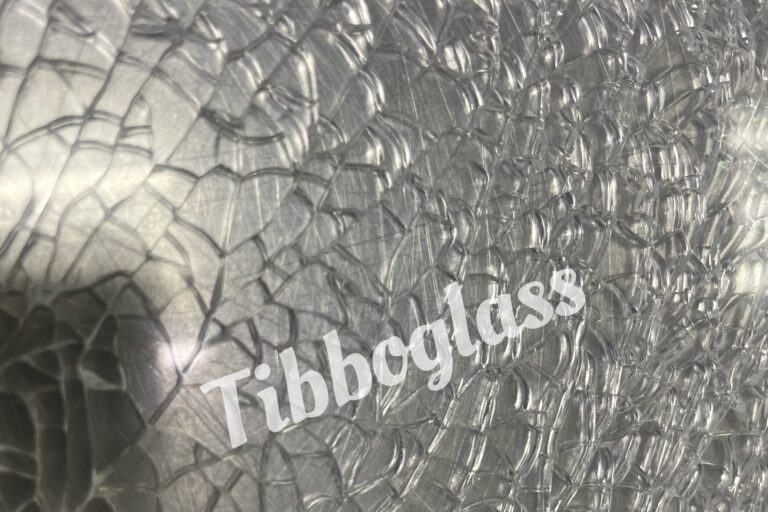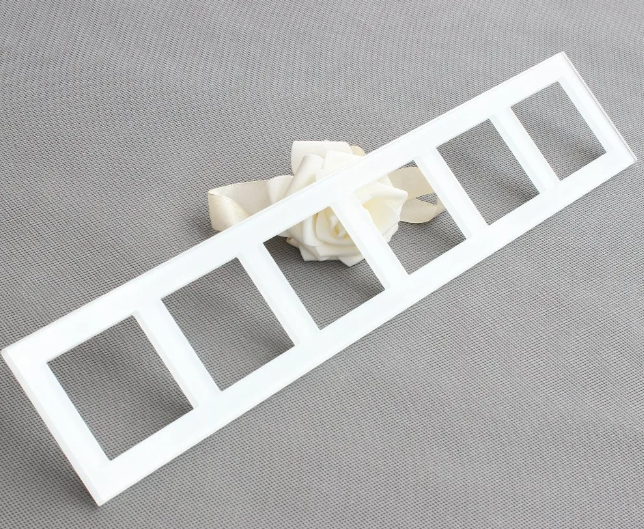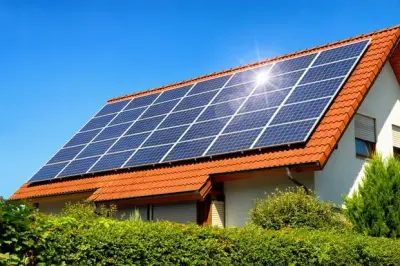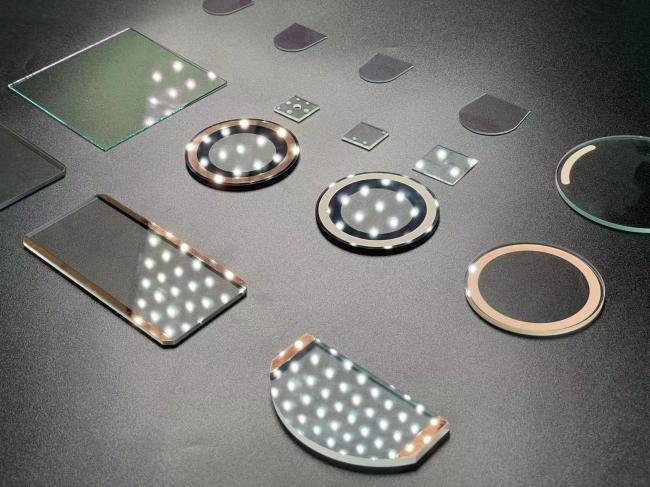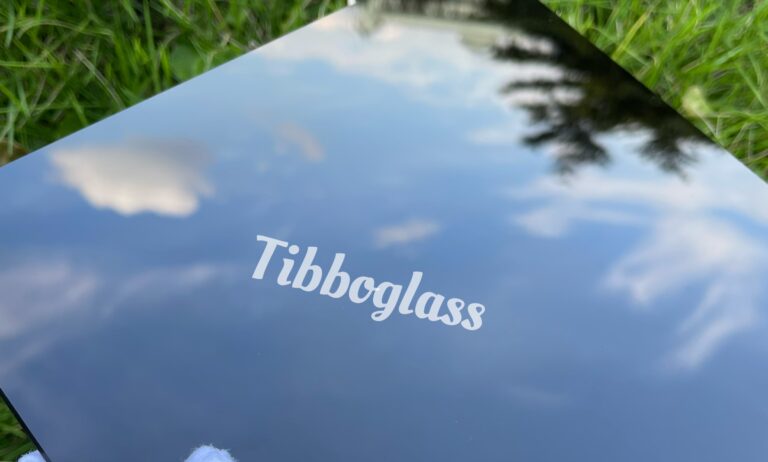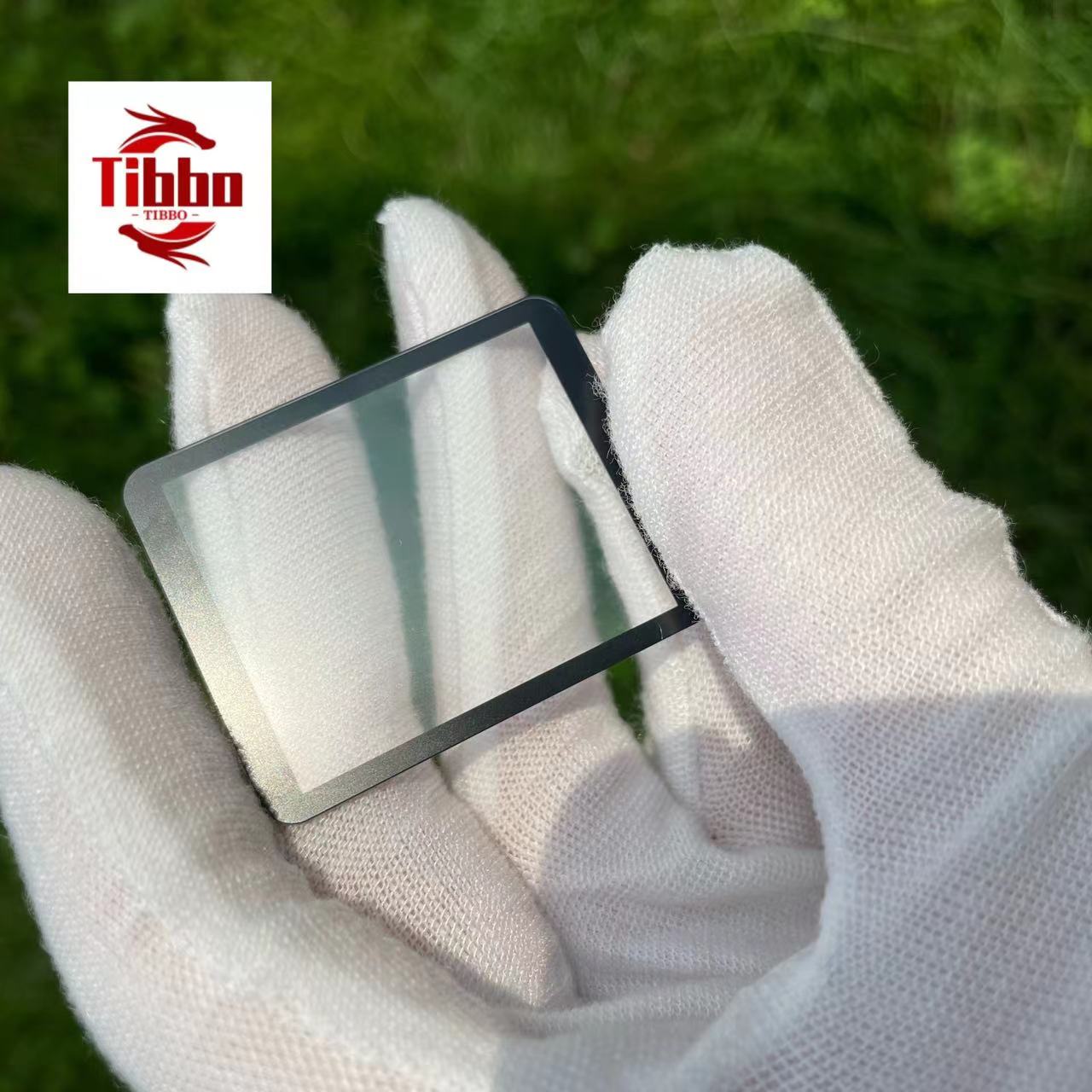
In the realm of glass technologies used in consumer electronics and other applications, AG (Anti-Glare) Glass and Gorilla Glass have emerged as prominent materials. While they both serve to enhance the user experience, they are distinct in their composition, purpose, and benefits. This article delves into the contrasts between AG Glass and Gorilla Glass to help consumers and industry professionals understand which glass type best suits their needs.
AG Glass: The Glare Reducer
AG Glass, as previously explained, is designed to minimize glare from ambient light sources. It is not a type of glass but rather a finish that can be applied to various glass types. The anti-glare property is achieved either through an etching process or a coating that diffuses light, preventing strong reflections that can cause visual discomfort.
Applications of AG Glass
- Display screens in high ambient light environments
- Digital signage and kiosks
- Professional and consumer monitors and televisions
- Architectural elements where glare reduction is desired
Gorilla Glass: The Protector
Gorilla Glass, on the other hand, is a brand of chemically strengthened glass developed by Corning Inc. It is engineered to be thin, light, and damage-resistant, making it ideal for portable electronic devices that are prone to drops and rough handling.
How Gorilla Glass is Made
The strength of Gorilla Glass comes from an ion exchange process where larger ions are embedded into the glass surface, creating a layer of compressive stress that increases the glass’s toughness. This process makes Gorilla Glass highly resistant to scratches and cracks.
Applications of Gorilla Glass
- Smartphone, tablet, and laptop screens
- Wearables such as smartwatches
- Televisions and touch-enabled devices
- Automotive applications
Comparing AG Glass and Gorilla Glass
When comparing AG Glass and Gorilla Glass, it’s essential to consider that they address different challenges. AG Glass focuses on reducing glare for better visibility, whereas Gorilla Glass is concerned with physical durability.
Durability
- AG Glass: Does not inherently improve the glass’s durability against scratches or impacts.
- Gorilla Glass: Specifically designed to resist scratches and breakage, enhancing the longevity of the device’s screen.
Clarity and Visibility
- AG Glass: Enhances visibility in bright conditions by reducing glare, although it might slightly affect the sharpness and clarity of the display.
- Gorilla Glass: Maintains clear image quality while offering protection, without specifically addressing glare reduction.
Touch Sensitivity
- AG Glass: The anti-glare treatment does not affect touch sensitivity but may change the texture of the screen to a more matte finish.
- Gorilla Glass: Retains excellent touch sensitivity and usually features a smooth, glossy finish that facilitates touch gestures.
Aesthetics
- AG Glass: Gives displays a matte appearance which can be less prone to fingerprints and smudges.
- Gorilla Glass: Typically has a glossy finish that provides a sharp and vibrant display but can attract fingerprints.
Cost
- AG Glass: The cost varies depending on the type of glass being treated and the method used for applying the AG finish.
- Gorilla Glass: Generally more expensive due to the complex strengthening process, but the cost is justified by the high level of durability.
Conclusion
In summary, AG Glass and Gorilla Glass serve two distinct purposes. AG Glass enhances visual comfort by reducing glare, making it ideal for environments with bright lighting. Gorilla Glass offers superior protection against physical damage, ensuring the longevity of devices that are frequently handled or carried around.
For consumers and manufacturers making a choice between the two, it often comes down to the primary requirement of the glass application: visibility or durability. However, the two are not mutually exclusive. It is possible to find devices that incorporate both AG treatments and Gorilla Glass technology to provide both anti-glare properties and robust protection. Understanding the unique attributes of each glass type allows for informed decisions that cater to the specific needs of users and the demands of various environments.

